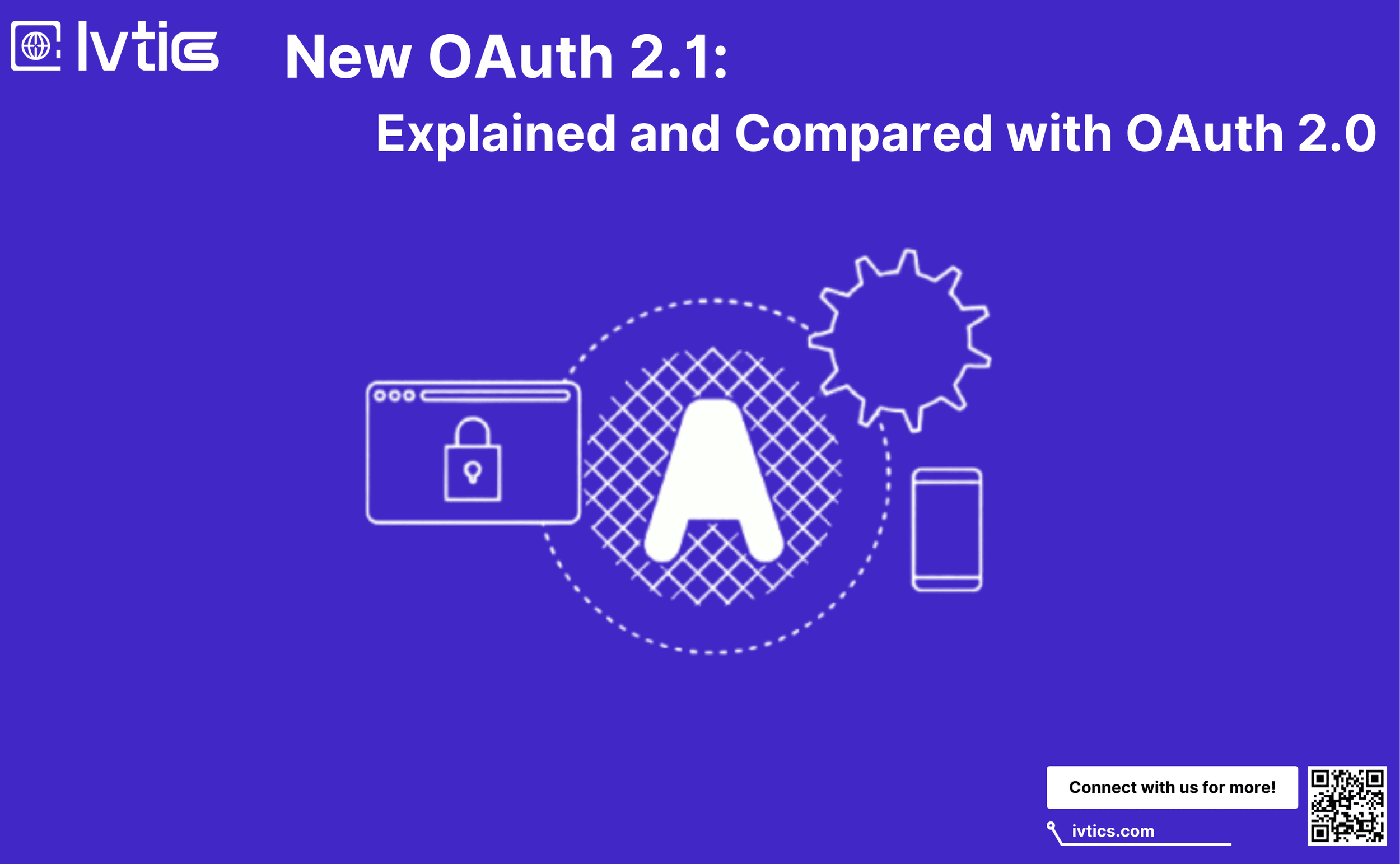OAuth has continuously evolved to improve security and streamline authorization processes. First introduced in 2007, OAuth 1.0 was succeeded by OAuth 2.0 in 2012. Now, OAuth 2.1 consolidates best practices and lessons learned over the past eight years. This article explores the key differences between OAuth 2.0 and OAuth 2.1, highlighting their impact on developers and users.
Understanding OAuth 2.0
OAuth 2.0 is an industry-standard authorization framework that enables applications to access user resources securely without exposing sensitive credentials. It allows third-party services to use tokens for access, ensuring security across various platforms, including web, mobile, and desktop clients. OAuth 2.0 relies on HTTPS and short-lived access tokens to minimize security risks.
Challenges in OAuth 2.0
While OAuth 2.0 has strengthened authorization security, it also presents challenges:
- Security Risks: Improper implementation can expose tokens, leading to data breaches.
- Implementation Complexity: Multiple grant types and authorization flows can cause misconfigurations.
- Token Management Difficulties: Securely handling access and refresh tokens remains a concern.
- Interoperability Issues: Differences in implementation across platforms create inconsistencies.
- User Experience Problems: Frequent authentication requests and complex consent screens can frustrate users.
Key Enhancements in OAuth 2.1
OAuth 2.1 addresses these challenges with several key improvements:
Mandatory PKCE for All Clients
OAuth 2.1 requires Proof Key for Code Exchange (PKCE) for all clients, including confidential ones, to prevent authorization code interception attacks. This ensures that every authorization request includes a unique code challenge, strengthening security.
Removal of Implicit Grant
OAuth 2.1 eliminates the Implicit Grant flow, previously used by single-page applications (SPAs), due to security vulnerabilities. Instead, SPAs must use the Authorization Code flow with PKCE to keep tokens secure.
Strict Redirect URI Matching
OAuth 2.1 enforces exact string matching for redirect URIs, eliminating the risks associated with flexible or wildcard-based matching. This prevents attackers from exploiting open redirect vulnerabilities.
Enhanced Refresh Token Security
OAuth 2.1 introduces stricter guidelines for refresh tokens:
- One-Time Use Tokens: Refresh tokens are invalidated after use, with new tokens issued alongside new access tokens.
- Sender-Constrained Tokens: Tokens are cryptographically tied to the client that received them, ensuring they can’t be used elsewhere.
These measures reduce the risk of stolen tokens being exploited.
Prohibition of Bearer Tokens in URLs
OAuth 2.1 forbids transmitting bearer tokens in URL query strings to prevent token leakage. Instead, tokens must be sent via HTTPS headers or POST body parameters.
Removal of Resource Owner Password Credentials Grant
OAuth 2.1 eliminates the Resource Owner Password Credentials grant, which allowed applications to handle user credentials directly. Developers are encouraged to adopt more secure delegation methods, such as the Authorization Code grant with PKCE.
What This Means for Developers
OAuth 2.1 improves security while maintaining compatibility with existing implementations. Developers should:
- Use PKCE for all authorization code grants to prevent interception.
- Implement strict redirect URI matching to eliminate redirect-based attacks.
- Store tokens securely on the server side rather than in client-side storage.
- Adopt secure token rotation practices to enhance security.
- Migrate away from deprecated flows like Implicit and Resource Owner Password Credentials grants.
Conclusion
OAuth 2.1 represents a significant evolution in authorization security, consolidating best practices to address vulnerabilities and simplify implementation. By embracing these updates, developers can build more secure web and mobile applications.
How Ivtics Can Help Your Business
At Ivtics, we specialize in secure and scalable authentication and authorization solutions to protect your business from emerging cyber threats. Our team of experts is proficient in OAuth 2.1, IAM, SAML, and OpenID Connect (OIDC) integrations, providing robust, future-proof authentication strategies tailored to your business needs.
Our expertise extends to the following areas:
- OAuth & IAM Implementation: We design and implement OAuth 2.1 and IAM solutions to enhance your security posture and provide a seamless user experience.
- SAML Expertise: Our team is highly skilled in implementing SAML-based authentication for federated identity and single sign-on (SSO) scenarios, supporting both B2B and B2C use cases.
- Third-Party Identity Provider (IDP) Integration: We are experts in integrating third-party or OSS identity providers (IDPs) into your systems, enabling secure and scalable authentication systems. This includes handling complex identity federation across multiple platforms.
Partner with Ivtics to implement a secure, scalable, and user-friendly authentication and authorization solution that protects your business and enhances user experience.
Insights
Related Blogs
Explore the latest insights in Development, Software, and
Technology. Stay ahead with our expert tips and industry trends.






